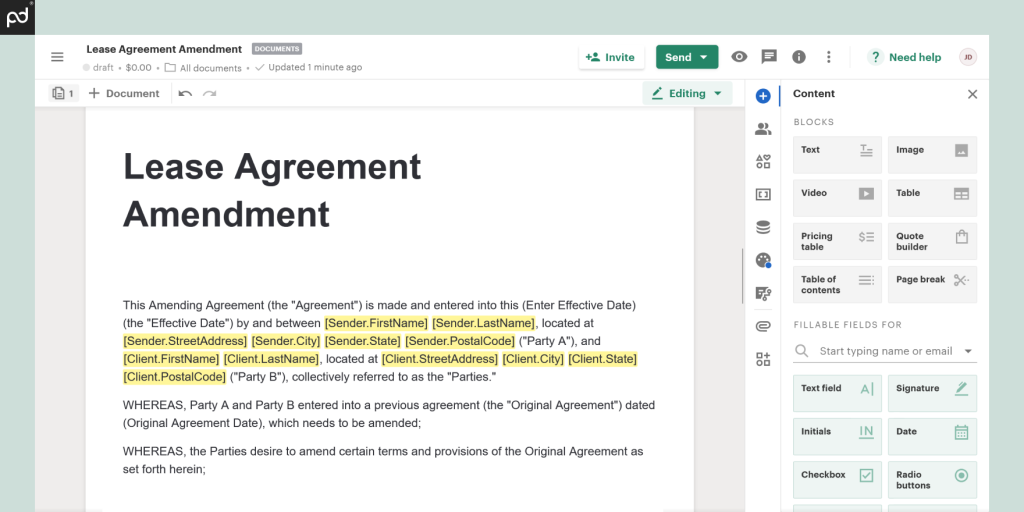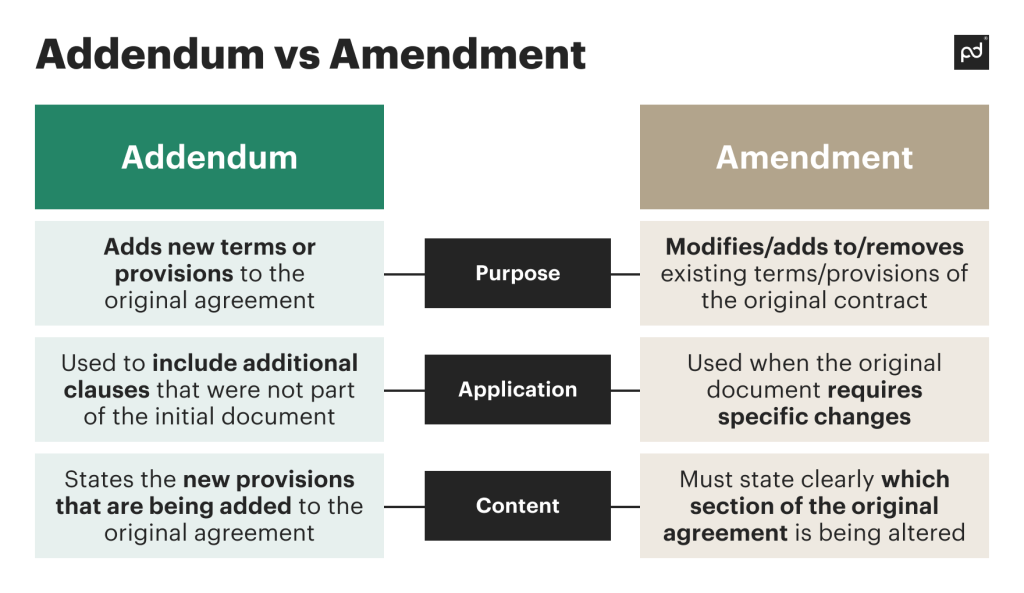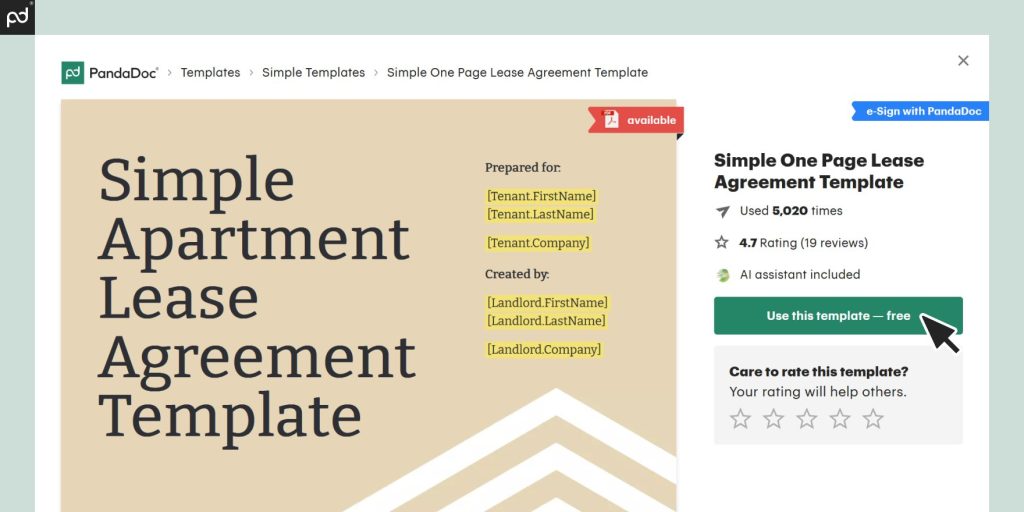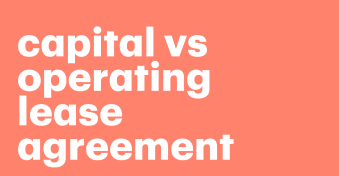For a landlord and tenant, an existing lease will be equally important to you when it comes to knowing your legal rights.
Sometimes, a situation may arise where a lease needs to be amended.
This could be something as simple as the dates of the lease, fees, subletting and other scenarios.
Before we go further, let’s get into what exactly a lease amendment form is.
Key takeaways:
- A lease amendment is a simple way to change the terms of an existing lease agreement, going into effect once both parties have signed.
- These are often used to adjust common lease terms such as dates, the addition of a pet, or even in the case of breaking and/or subletting a home or apartment depending on the existing lease.
What is a lease amendment?
An amendment to a lease is a way of updating the lease’s terms and conditions.
Depending on the circumstances, an existing lease is likely able to be amended rather than the need to draft an entirely new one.
This saves both parties time and makes things easier.
How to write an amendment to a lease agreement

There are a few aspects to properly amending a contract such as a lease agreement.
First, you need to establish the date the original lease was signed and went into effect (sometimes they are not the same date), along with the terms of the lease that are being modified.
Next, list the names of all parties involved with the original lease, and being affected by the amendment along with the address of the property being leased and unit number, if applicable
Once you’ve clearly defined the above, it’s time to outline the amendments being made to the original lease agreement and the new effective date they will begin.
Common scenarios for lease amendments
As a landlord, there are a few primary reasons you may need to amend a lease for a renter. Let’s go over them.
Extending or breaking the original lease term
As a renter, if you’re looking to break your lease early, there should be a clause located in your original lease agreement.
Find it, see if you can abide by the terms, then reach out to your landlord.
As a landlord, if the renter meets the conditions, an amendment can be drawn up with the new lease end date, and fee.
Once signed, it can be put into immediate effect.
Adding a person or pet
As a renter, if you bring a new furry friend, roommate, family member or partner into your living space on a permanent basis, you need to inform your landlord.
There should be a clause for this in the provisions of the lease agreement.
As a landlord, if you allow this on your property you can make it official by drawing up an addendum to the lease.
A change of payment
If monthly rent has changed, or forgiveness or forbearance are in place, a lease amendment is a simple way to put it into legal effect.
This is easier than generating a new lease agreement for a rent increase.
Subletting
While not all properties allow subletting, if yours does, there will likely already be a specific clause about it in the original lease agreement.
Once a tenant wants to utilize this option, they need to let their landlord know and a lease amendment can be drawn up stating the specific terms of subletting.
Can you add an addendum to a lease?
Before we answer the question, it’s important to understand the distinction between a lease agreement and a lease addendum, and when it’s appropriate to use each.
Have a look at this infographic for a quick overview:

A lease addendum is used as it sounds, to add things.
The addendum can update an existing lease’s information, whereas an amendment does not add new clauses or conditions, it just alters existing ones.
A lease addendum is an additional document that will be attached to the lease once signed.
This can be regarding security deposits, amenities at the property, policies at the property, and more.
A lease agreement is commonly used when a tenant needs to lengthen or shorten their term dates, add a person or a pet to their existing lease, or break their lease with the landlord’s permission based on terms in the original lease which often includes a fee.
Whether you’re looking to create a lease amendment or add an addendum, PandaDoc makes it fast and easy.
Can a landlord change the terms of a lease?
Depending on the laws where you live, a landlord may or may not be able to change certain terms of a lease without the tenants’ permission.
However, in most states, this is only allowed if the change is something enforceable, such as eviction.
Always double-check your lease agreement before signing and, if needed, have a legal representative look it over.
What happens when a lease expires?
As a renter, if you continue to stay in a residence after the lease expiration date, you lose your rights as the renter.
Depending on the laws where you live, a landlord has the legal right to enforce an eviction within a certain timeframe if you did not renew your lease and did not continue to pay rent.
Lease amendment templates with PandaDoc

At PandaDoc, we have over 40 lease agreement templates available for your original lease and amendments.
Check out our free sample of a residential lease agreement here.
PandaDoc makes lease agreement creation and amendments simple, easy, and quick by offering templates and e-signature all in one place.
Disclaimer
PandaDoc is not a law firm, or a substitute for an attorney or law firm. This page is not intended to and does not provide legal advice. Should you have legal questions on the validity of e-signatures or digital signatures and the enforceability thereof, please consult with an attorney or law firm. Use of PandaDoc services are governed by our Terms of Use and Privacy Policy.


